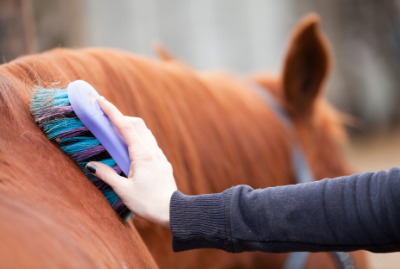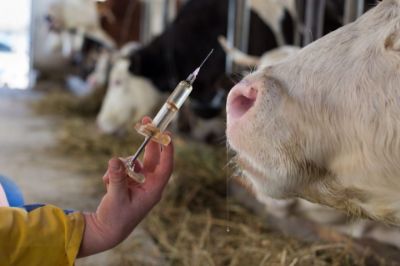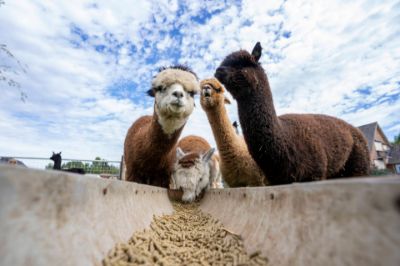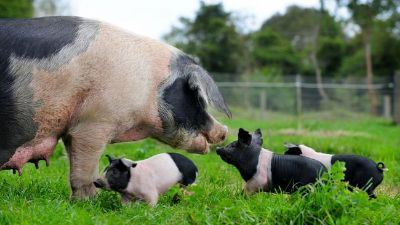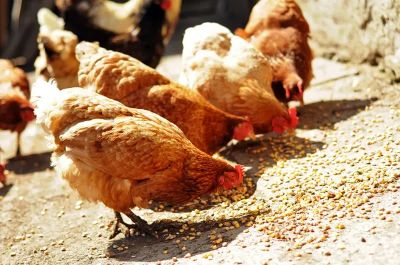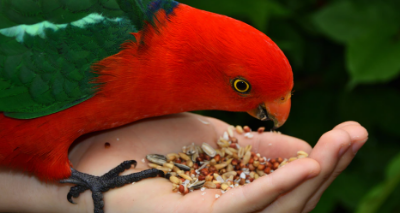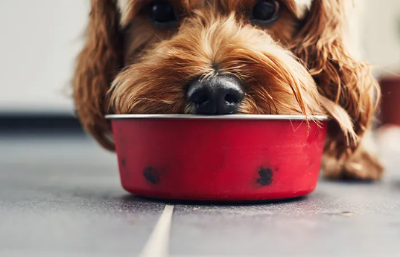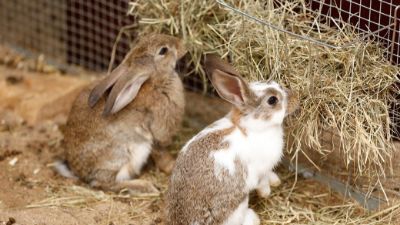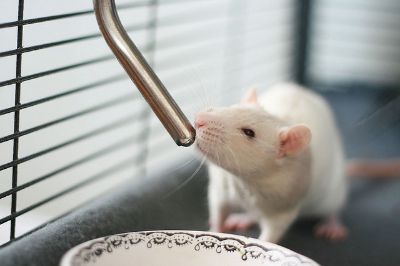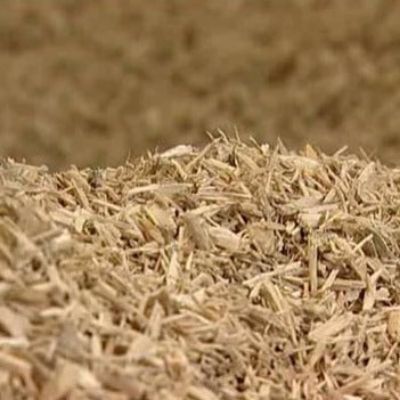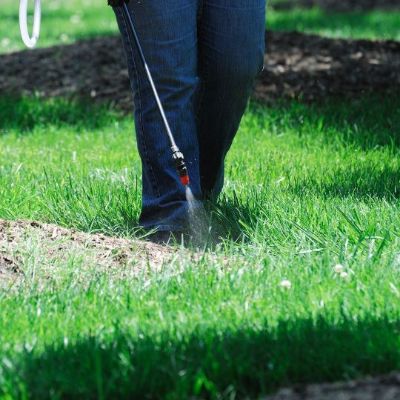
Manage the moult: how to care for your chooks during colder months
Autumn is the season where poultry owners begin noticing their hens losing feathers as egg production declines or stops completely. This is known as moulting and it is a natural phenomenon that all laying poultry go through. Moulting is characterised by a reduction in feed intake and body weight, loss of feathers, cessation of lay, regrowth of feather and resumption of lay. It is your hen’s rest and rejuvenation after giving you eggs throughout the year. It is also her way of preparing for winter and her next laying season.
Hens should produce eggs for approximately 11 months and go through one moulting a year in autumn as the day length starts to decrease. This production period does depend on the time of year that the hen starts laying in the previous year. A hen that starts laying in June should lay until the following April. However, if this hen starts laying a couple of months later in August then she will only lay eggs until April before she starts going through a moult. This makes her total production period shorter at 9 months. If you are keeping hens for their eggs then it pays to think ahead when buying pullets or setting eggs to ensure that your hens come into their first lay in June and lays for the maximum amount of time before reaching their yearly moult.
A hen may moult for more reasons than just her yearly moult.
Below are some other reasons why:
- Reducing day length – less than 15 hours of daylight will bring on a moult as birds have less time to eat and lose weight.
- Physical or nutritional stress – This could be a fox or other animal either in or around the coop stressing the hens. It could also be due to nutritional stress if you forget to feed your hens for an extended period of time (this is also an animal welfare issue and not advisable!)
- Your hen may be coming to the end of the annual laying cycle.
So, what happens when a hen goes through a moult?
The shortening day length causes the levels of hormones in the hen’s body to change. This causes the reproductive tract to get smaller and stop producing eggs and also for the hen to lose their feathers.
When hens are going through a moult in autumn, it is important to make sure that they have a well built coop that isn’t draughty and has good insulation. This helps to keep them from getting too cold without their full feather coverage. A hen that is cold will require more energy and protein and will eat more feed to stay warm without all their feathers. It is important they have continuous access to feed and water at all times, particularly if it’s cold. If the hen can’t eat more then they will lose weight and take longer to regrow their feathers and come back into lay after the moult.
The right feed for warmth
To help keep your hens warm and maintain their body weight while going through a moult, choose a higher protein feed such as Vella Poultry Supreme and Red Hen 17. These higher protein feeds will also support the hen as she regrows her feathers as feathers are between 80%-85% crude protein. By keeping your hen in optimal body condition, she will be back laying in 12 weeks.
If you have a rooster, he will also experience a yearly moult. During this time, he will be infertile as their reproductive system is also in its resting phase.








